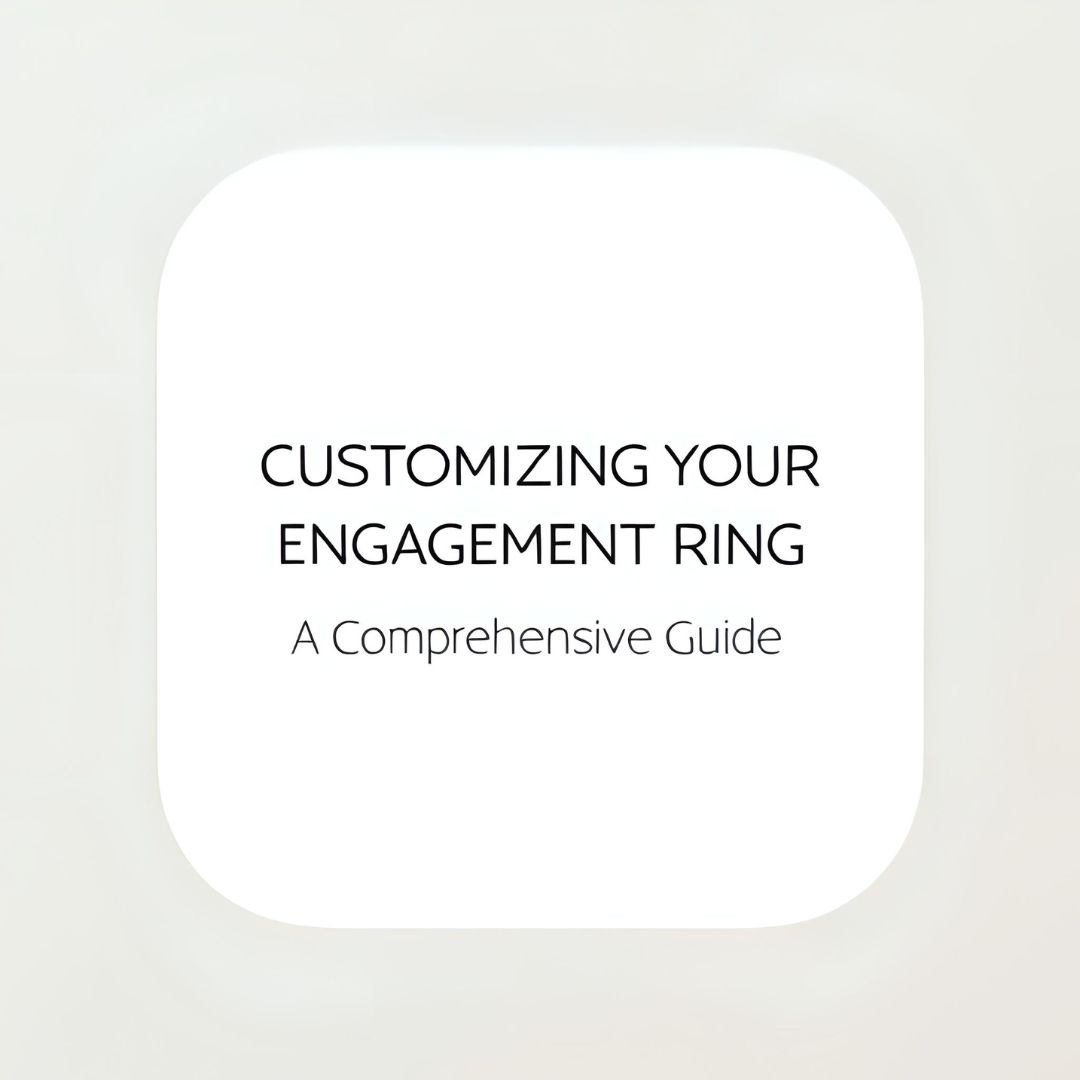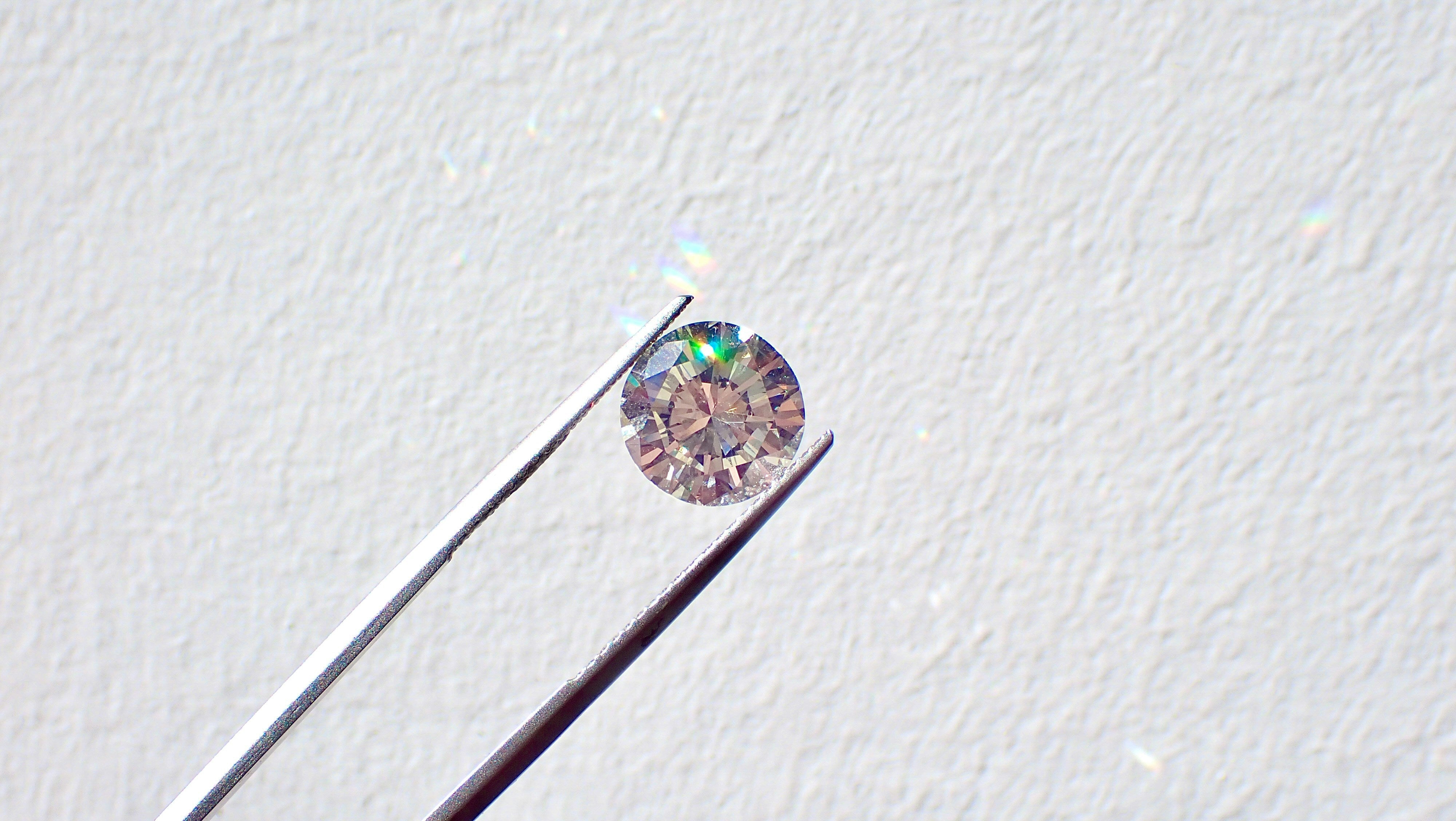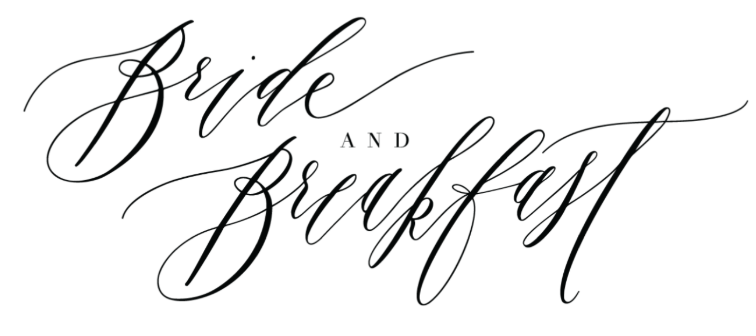
Customizing Your Engagement Ring: A Comprehensive Guide
Introduction
Choosing the perfect engagement ring is a momentous and deeply personal decision. It's not just about finding a beautiful piece of jewelry, but about capturing the essence of your love and commitment. In this comprehensive guide, we'll take you through the process of customizing your ring, from selecting the perfect shape and size to choosing the ideal metal and setting. Whether you're starting from scratch or looking to upgrade an existing ring, this post will equip you with the knowledge and confidence to create a one-of-a-kind symbol of your love.
Choosing the Right Diamond Shape
The shape of the diamond is one of the most important factors in the overall look and feel of an engagement ring. From the classic round brilliant to the elegant oval, each shape has its own unique charm and personality. Let's explore the most popular diamond shapes and their distinctive characteristics:
- Round Brilliant: The round brilliant is the most popular and sought-after diamond shape. Its symmetrical, faceted design maximizes the stone's brilliance and fire, creating a timeless and elegant look.
- Oval: The oval shape is a beautiful and modern alternative to the round brilliant. It has a similar brilliance, but with a more elongated and elegant appearance that can make the finger appear longer and more slender.
- Pear: The pear shape, also known as the "teardrop," is a stunning and unique choice. It combines the brilliance of a round diamond with a tapered, asymmetrical shape that can be particularly flattering on the hand.
- Emerald: The emerald cut is a step-cut diamond with a rectangular shape and distinctive, linear facets. It has a more subtle, elegant sparkle that is often associated with a classic, sophisticated style.
- Heart: The heart shape is a romantic and whimsical choice, perfect for the couple who wants to wear their love on their finger. This shape can be a bit more challenging to cut, but the result is a truly unique and sentimental diamond.
Determining the Carat Size
The carat weight of a diamond is a measure of its size and is one of the most important factors in determining its value. When it comes to engagement rings, the carat size is often a key consideration, as it can significantly impact the overall appearance and cost of the ring.
While there is no one-size-fits-all when it comes to carat size, here are some general guidelines to consider:
- 0.5 to 1 carat: This is a popular and classic range for engagement rings, offering a beautiful and substantial look without breaking the bank.
- 1 to 2 carats: Diamonds in this range are considered larger and more impressive, making a bold statement on the hand. However, they also come with a higher price tag.
- 2 carats and above: Diamonds of this size are truly show-stopping, but they come with a significant investment. These larger stones are often reserved for those with a larger budget or a strong personal preference for a more substantial diamond.
It's important to remember that carat size is not the only factor that determines the value and appearance of a diamond. The cut, clarity, and color of the stone also play a crucial role in its overall quality and brilliance.
Choosing the Right Metal
The metal used for the ring setting is another important decision in the customization process. The most common choices are 18K gold and platinum, each with its own unique properties and characteristics:
- 18K Gold: 18K gold is a popular choice for engagement rings, offering a warm, classic look that complements a wide range of diamond shapes and styles. It is a durable and long-lasting metal, making it a practical and beautiful option.
- Platinum: Platinum is a highly durable and hypoallergenic metal that is often considered the most prestigious choice for engagement rings. It has a cool, silvery-white hue that provides a stunning contrast to the brilliance of a diamond.
When choosing the metal for your ring, consider factors such as your personal style, budget, and any potential allergies or sensitivities. It's also important to keep in mind that the metal you choose can affect the overall appearance and cost of the ring.
Selecting the Perfect Setting
The setting of the diamond is the foundation of the engagement ring, and it can have a significant impact on the overall look and feel of the piece. There are a variety of setting styles to choose from, each with its own unique characteristics:
- Solitaire: The solitaire setting features a single, prominent diamond, often in a classic prong or bezel setting. This timeless and elegant design allows the diamond to take center stage.
- Halo: The halo setting features a central diamond surrounded by a "halo" of smaller diamonds, creating the illusion of a larger main stone and adding extra sparkle and brilliance.
- Three-Stone: The three-stone setting features a central diamond flanked by two smaller stones, symbolizing the past, present, and future of your relationship.
- Pavé: The pavé setting features a band studded with small, closely set diamonds, creating a continuous, sparkling effect that can make the finger appear longer and more slender.
- Cathedral: The cathedral setting features arched prongs that rise up to hold the diamond, creating a regal and elegant appearance.
When selecting the perfect setting, consider your personal style, the shape and size of the diamond, and the overall look and feel you want to achieve with your engagement ring.
Customizing the Ring: A Step-by-Step Guide
Now that you've explored the various elements of a custom engagement ring, let's dive into the step-by-step process of bringing your dream ring to life:
Step 1: Choose Your Diamond
The first step in the customization process is to select the perfect diamond. This involves considering the shape, carat size, color, clarity, and cut quality of the stone. Work closely with a reputable jeweler to find a diamond that meets your criteria and fits within your budget.
Step 2: Select the Metal
Once you've chosen the diamond, it's time to decide on the metal for the ring setting. As we discussed earlier, the most common choices are 18K gold and platinum, each with its own unique properties and aesthetic. Consider your personal style, budget, and any potential allergies or sensitivities when making this decision.
Step 3: Choose the Setting
With the diamond and metal selected, it's time to choose the setting that will showcase your stone to perfection. Whether you opt for a classic solitaire, a sparkling halo, or a timeless three-stone design, the setting you choose will have a significant impact on the overall look and feel of the ring.
Step 4: Customize the Details
The final step in the customization process is to add any additional details or personalization to your ring. This could include engraving the inside of the band with a special message, adding accent stones, or incorporating unique design elements that reflect your personal style and the story of your relationship.
Step 5: Finalize the Design
Once you've made all of your selections, your jeweler will create a 3D preview of the finished ring, allowing you to see exactly what the final product will look like. This is your chance to make any final adjustments or tweaks before the ring goes into production.
Conclusion
Customizing your engagement ring is an exciting and deeply personal journey. By understanding the key elements of diamond selection, metal choice, and setting style, you can create a one-of-a-kind symbol of your love that will be cherished for a lifetime. Remember to work closely with a reputable jeweler, consider your personal style and budget, and most importantly, let your heart guide you in the process. Congratulations on this exciting chapter of your life!







